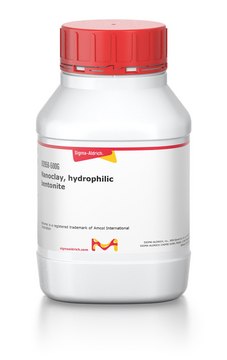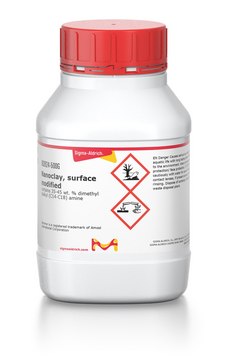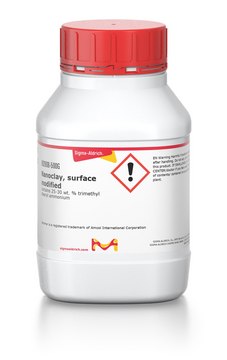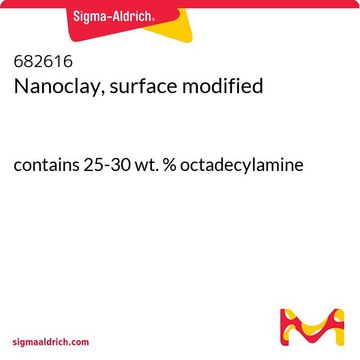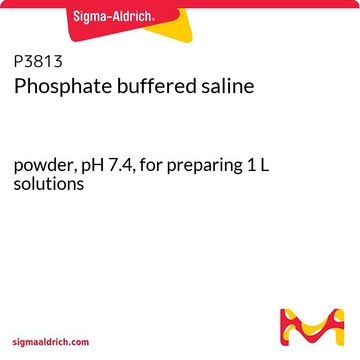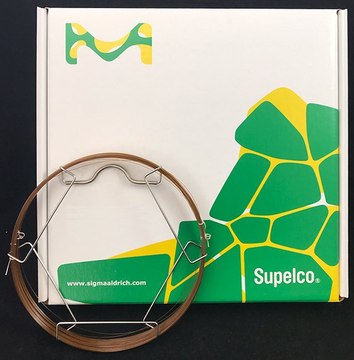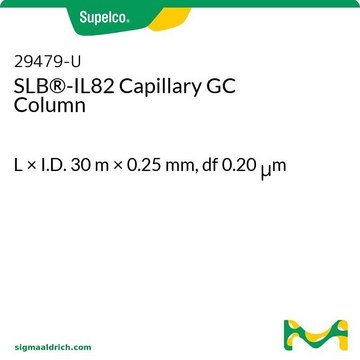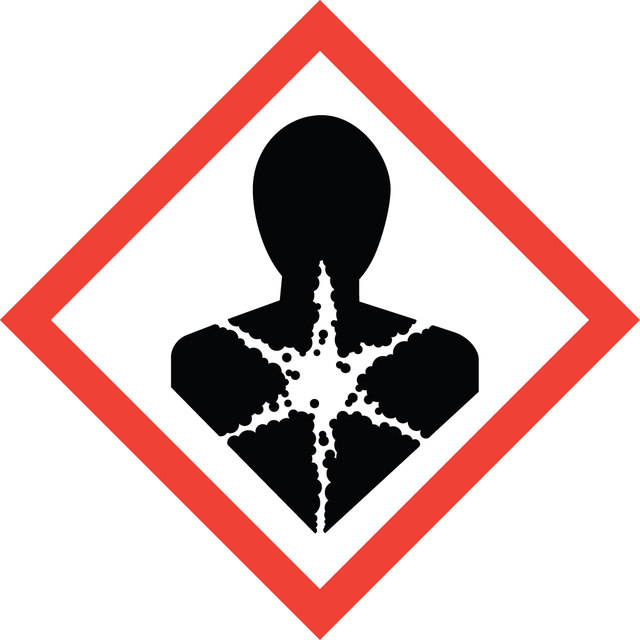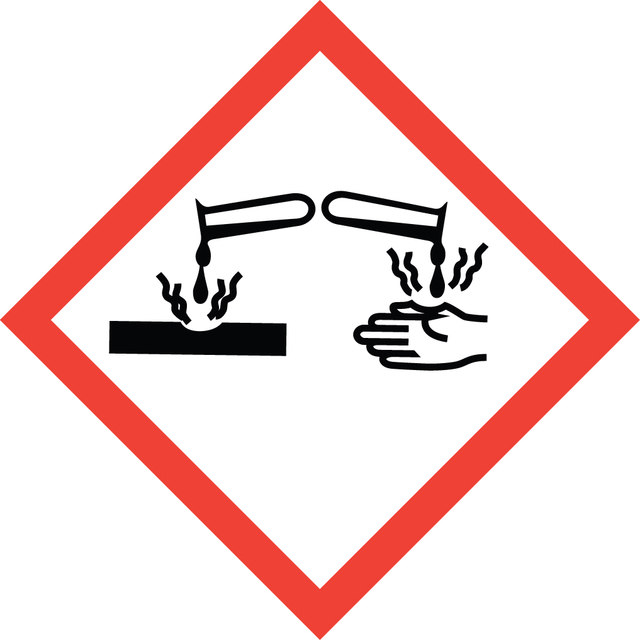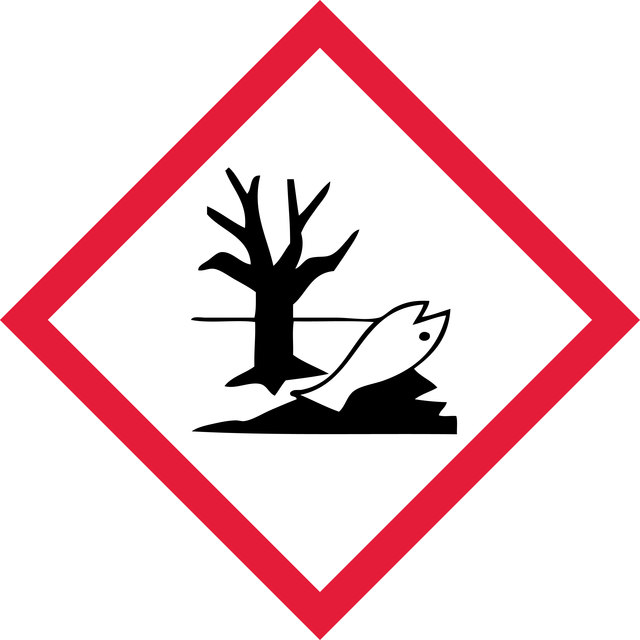682632
Nanoclay, surface modified
contains 15-35 wt. % octadecylamine, 0.5-5 wt. % aminopropyltriethoxysilane
Synonym(s):
Nanomer® I.31PS, Nanomer® clay, Montmorillonite clay
About This Item
Recommended Products
form
powder
contains
0.5-5 wt. % aminopropyltriethoxysilane
15-35 wt. % octadecylamine
matrix
Montmorillonite clay base material
particle size
≤20 μm
Looking for similar products? Visit Product Comparison Guide
Related Categories
1 of 4
This Item | 28891U | 29479U | 29484U |
|---|---|---|---|
| matrix active group Non-bonded; 1,12-Di(tripropylphosphonium)dodecane bis(trifluoromethanesulfonyl)imide phase | matrix active group Non-bonded; 1,12-Di(tripropylphosphonium)dodecane bis(trifluoromethanesulfonyl)imide phase | matrix active group Non-bonded; 1,12-Di(2,3-dimethylimidazolium)dodecane bis(trifluoromethanesulfonyl)imide phase | matrix active group Non-bonded; 1,12-Di(tripropylphosphonium)dodecane bis(trifluoromethanesulfonyl)imide trifluoromethanesulfonate phase |
| parameter ≤25-300 °C temperature (isothermal or programmed) | parameter ≤25-300 °C temperature (isothermal or programmed) | parameter 50-270 °C temperature (isothermal or programmed) | parameter 40-290 °C temperature (isothermal or programmed) |
| application(s) agriculture | application(s) agriculture | application(s) environmental | application(s) - |
| technique(s) gas chromatography (GC): suitable (fast GC) | technique(s) gas chromatography (GC): suitable | technique(s) gas chromatography (GC): suitable | technique(s) gas chromatography (GC): suitable (fast GC) |
| material fused silica | material fused silica | material fused silica | material fused silica |
Application
- Improve modulus
- Increase barrier
- Enhance chemical resistance
- Improve flame retardancy
- Increase heat deflection temperature (HDT)
Legal Information
Product of Nanocor®, Inc.
Signal Word
Danger
Hazard Statements
Precautionary Statements
Hazard Classifications
Aquatic Acute 1 - Aquatic Chronic 1 - Eye Dam. 1 - Skin Corr. 1B - Skin Sens. 1 - STOT RE 2
Target Organs
Liver,Gastrointestinal tract,Immune system
Storage Class Code
8A - Combustible corrosive hazardous materials
WGK
WGK 3
Flash Point(F)
Not applicable
Flash Point(C)
Not applicable
Personal Protective Equipment
Choose from one of the most recent versions:
Already Own This Product?
Find documentation for the products that you have recently purchased in the Document Library.
Articles
Nanoclays are clay minerals optimized for use in clay nanocomposites– multi-functional material systems with several property enhancements targeted for a particular application.
Nanoclays like montmorillonite and bentonite are used in polymer-clay nanocomposites, rheology modifiers, and drug delivery carriers.
We have discussed shortly the applications of 1:1 and 2:1 phyllosilicate material in membrane technology, as well as the basic geometric understanding of their layered structures.
Graphene's unique properties spark interdisciplinary interest; its honeycomb structure offers electrical, optical, and mechanical marvels.
Related Content
Dextrans are polysaccharides with molecular weights ≥1,000 Dalton, featuring a linear backbone of α-linked d-glucopyranosyl repeating units.
Our team of scientists has experience in all areas of research including Life Science, Material Science, Chemical Synthesis, Chromatography, Analytical and many others.
Contact Technical Service